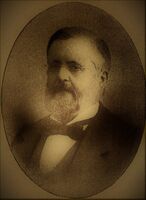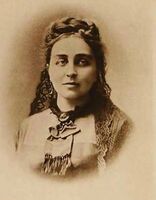138...
WHAT SCIENTIFIC RUSSIA KNOWS OF CEYLON
[The Theosophist, Vol. V, No. 5 (53), February, 1884, p. 110]
At various times, already, we had an opportunity of learning from the reports of the Moscow “Society of the Lovers of Natural Sciences,” how careless are its members, when receiving information from various travellers, to verify their statements. These statements are often of the most grotesque character, and based upon no better evidence than hearsay. Thus, several papers were read, of late, in the Ethnological Department of the Society about Ceylon, based upon no securer data than the foolish gossip of the religious opponents of Buddhism. We found recently in one of such reports, generally published by the Moscow Gazette, the curious statement that the two-thirds of the Singhalese were Roman Catholics, an error obviously based on the fact that they, our friends of Galle and Colombo, are mostly known as “Dons,” “Silvas,” “Pereiras” and “Fernandezes.” Then we were told that they were divided


139
into several sects, the two most prominent of which were the Singhalese proper or the Tchinkal (?) and the Tombis (!!!)—the latter appellation being a nickname among Mussulmans, we believe. And now, owing to the learned efforts of an eminent physician, V. N. Bensenger, of Moscow, we receive another startling information. “The Singhalese,” we are assured, “so minutely described by Ernst Haeckel, the German naturalist, offer an interesting feature of polyandry: the marriage of several brothers to one woman being of the most common and every day occurrence.” (Report of the “Society of the Lovers of Natural Sciences” of Nov. 21. See Moscow Gazette, No. 326.)
We are not taken any further into the learned doctor’s confidence, and thus feel unable to decide to whom we shall offer the palm for this historical information: is it to Dr. Ernst Haeckel, or the great Dr. Bensenger himself? Moscow must be a queer place for dreaming ethno-ethological dreams.
